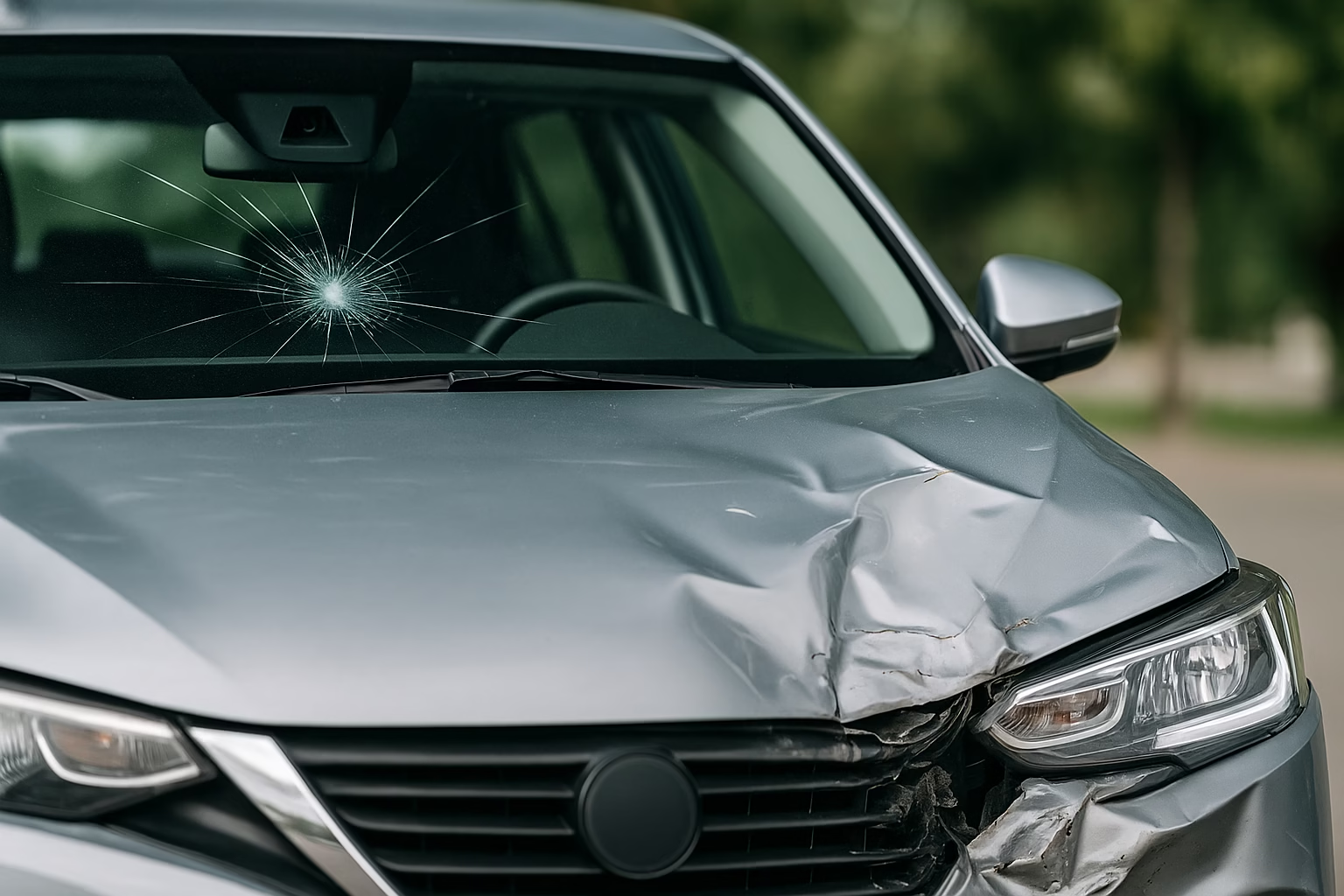Modern cars use a network of sensors to watch the road and support you with features like automatic emergency braking, lane keeping assist and blind spot monitoring. These systems collectively form your ADAS (advanced driver assistance systems). Because they work quietly in the background, it’s easy to think that only a major crash or windscreen smash will put them out of action. In reality, even a minor accident or a small chip in the windscreen can disturb the sensors and cameras that feed your ADAS features, affecting how well they perform.
ADAS sensors are mounted in very specific locations around your car. Radar modules hide behind plastic bumper covers and grills, while cameras and lidar units often sit behind the windscreen or near the rear-view mirror. Manufacturers calibrate these devices to point at the road within a fraction of a degree. According to a calibration guide from Blue Ridge Auto, the cameras and sensors are designed to operate within extremely tight tolerances – even a slight shift can disrupt systems and cause unpredictable behaviour . That means a low speed bump in a parking lot or a stone chip can be enough to nudge the equipment out of alignment.
When you tap a bollard, scrape a wall or even drive over a deep pothole, the energy doesn’t just dent the bumper. It can flex the plastic and metal mounts that hold your radar and ultrasonic sensors. These modules are calibrated to within millimetres; a change of a few millimetres can alter their interpretation of distance. If the unit now “sees” obstacles closer or further away than they really are, adaptive cruise control may brake too early, lane centring might drift or forward collision warning may send false alarms. Because there may be no outward signs of damage, many drivers ignore the possibility that their ADAS is no longer accurate. The National Assessing article points out that, without recalibration, a misaligned system may brake or swerve when there is no hazard . For your safety, treat any bump or panel repair as a reason to have your sensors checked.
A similar principle applies to your windscreen. The camera that looks ahead to read lane markings and traffic is usually bonded to the glass. Even a small chip near the top of the windscreen can distort the image that the camera relies on. When you repair or replace the windscreen, the process of removing and reinstalling glass can move the camera bracket. Blue Ridge Auto explains that any disruption to the windscreen can alter the position of attached sensors . Even chip repairs apply heat and pressure that can shift components . That’s why modern windscreen specialists always recommend an ADAS calibration after the glass is repaired or replaced.
How do you know if a bump or chip has affected your driver-assist systems? Warning lights on the instrument cluster are one clue – many cars will display an ADAS fault icon when the system detects misalignment. You might also notice the steering wheel vibrating unexpectedly, lane keeping assist pulling to one side or adaptive cruise braking when no vehicle is ahead. If you’ve noticed any of these changes after a minor collision or windscreen repair, it’s a sign that calibration is needed. Don’t ignore these warnings; until the sensors are recalibrated, the system cannot reliably see the world around you.
If you’re involved in a minor accident, hit a kerb hard or have your windscreen repaired, book a professional calibration. Calibration requires specialised equipment to align the sensors with precise targets and to confirm that the system meets manufacturer specifications. Driving with a misaligned ADAS is risky for you and other road users. If a warning light appears, follow the steps in our guide on what to do when your ADAS warning light comes on to stay safe and decide whether you can continue driving. In the meantime, treat all driver-assistance features as advisory. Keep your windscreen clean and free of obstructions, avoid hanging objects around the rear-view mirror and consider whether heavy loads or roof accessories could block cameras. By understanding how sensitive these systems are, you can help them do their job.
Advanced driver assistance features are impressive, but they aren’t magic – they depend on sensors and cameras seeing the world accurately. A small accident, a windscreen chip or even a pothole can disturb them enough to cause false warnings or missed hazards. The Blue Ridge guide reminds us that even minor misalignments can lead to unpredictable behaviour . Treat any impact or glass repair as an opportunity to have your ADAS checked by a qualified technician. With regular calibration and an awareness of your car’s sensor locations, you’ll continue to enjoy the benefits of modern safety technology without nasty surprises.

Hiran Alwis is an automotive lecturer and ADAS specialist with over 15 years of experience in diagnostics, advanced safety systems, and technical training. He founded ADAS Project to help everyday drivers and workshop technicians understand and safely use advanced driver assistance systems.
